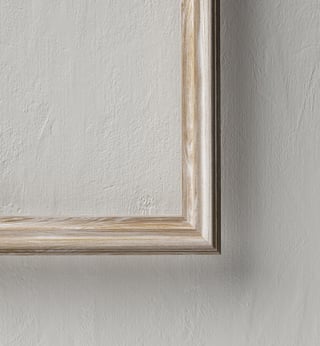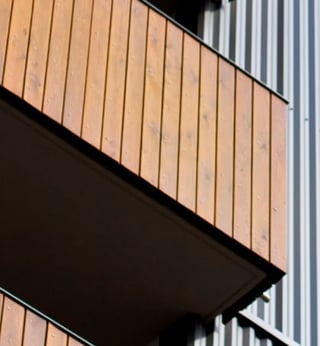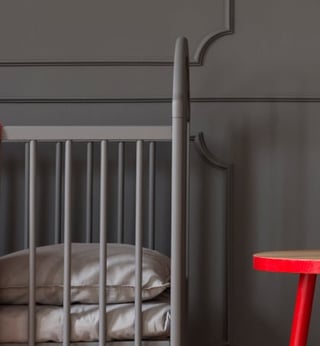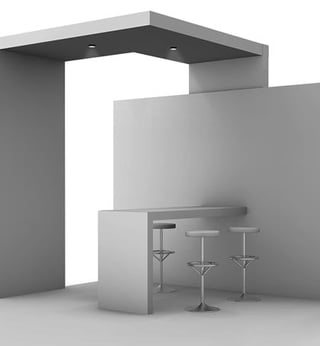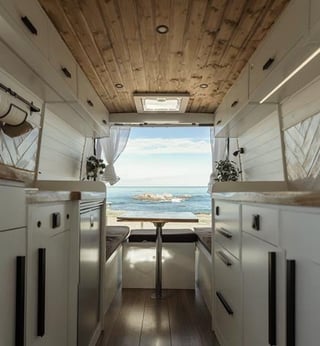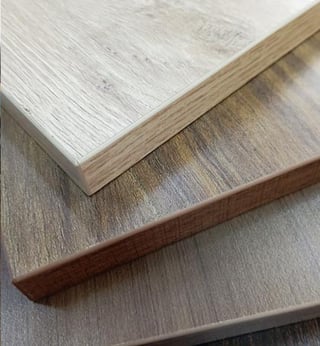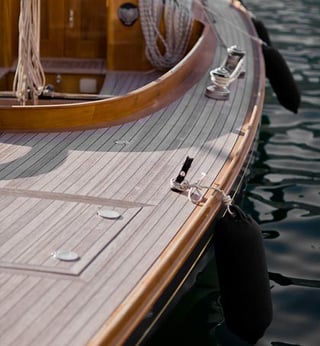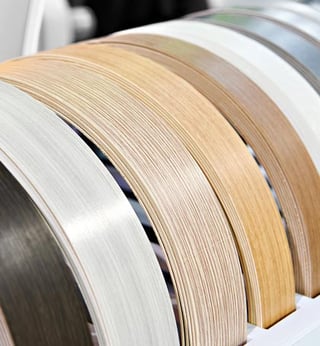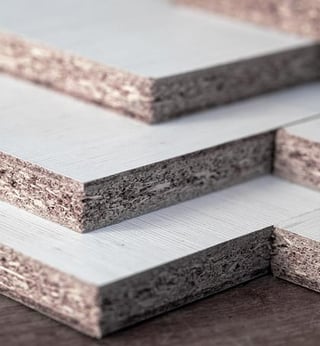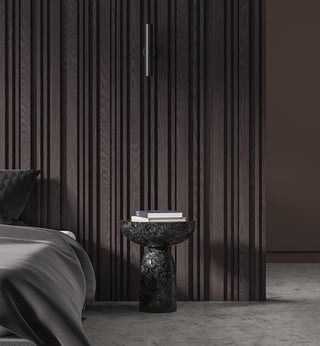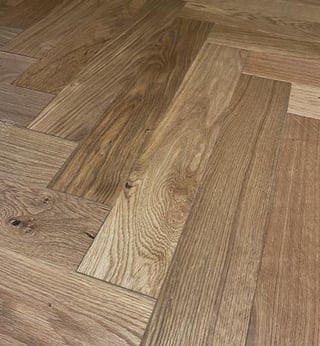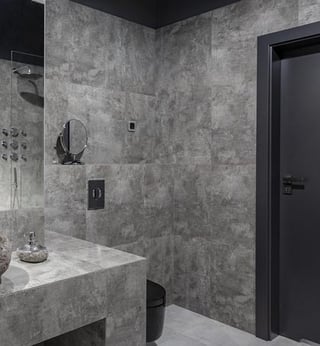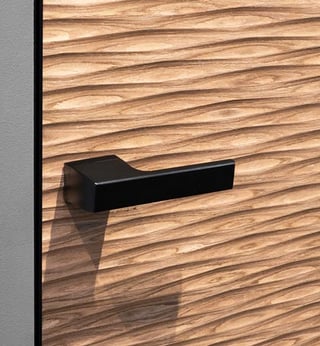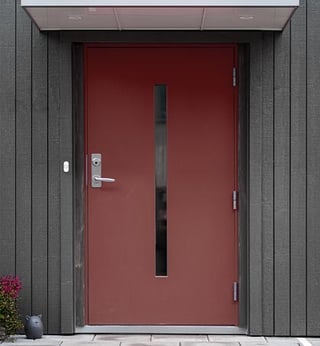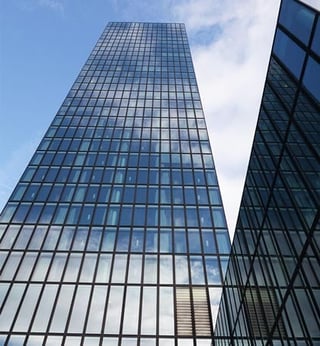Video
Focus On
Description
The handling of the pieces performed between machines limits the movement of the panels to a minimum, thereby facilitating their handling on the scale of complete lines.
Features
The systems suggested by Cefla Finishing allow:
- The handling, the movement, the turn-over and the storing of the work pieces according to the preset finishing cycles
- The optimization of the working cycle times, thereby increasing productivity
- The easy control of the productive line-flow
- The in-line-execution of manual retouching operations
Details
Using automatic handling solutions to load/unload differently sized panels lets manufacturers increase the overall performance of the line and adapt productivity to the speed of the machines, which will always be fed correctly. This reduces the need for line workers, freeing them up to perform other key tasks.
The transfer units (90 or 180°) are designed to perform transverse handling of the workpieces. They work by diverting line flow rightwards or leftwards, transferring the material back towards the loading area by creating a U-track as per customer requirements. These units are useful for solving any lay-out or space issues.
The belt-driven, alternating, transfer turnover unit combines the specific function of the transfer unit with the need to paint both sides of the pieces, thereby optimising space and managing the number of coats needed to obtain an excellent finished product.














